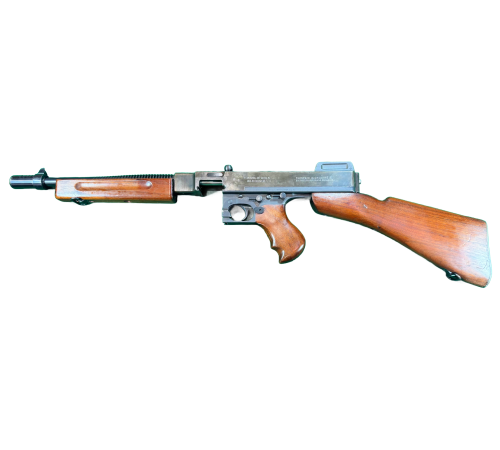WWII Military Footwer

WWII Military Footwear
World War II military footwear became essential for soldier performance and protection during battles across multiple battlefronts. Each major nation developed standardized footwear that matched the extreme battle environments ranging from the freezing Ardennes forests to the hot North African deserts.
U.S. Military Footwear
The U.S. military distributed multiple footwear choices with the M1943 Combat Service Boots standing out because they were lace-up leather boots with double buckle leather cuffs. The new boots replaced the earlier ankle boots those soldiers used with canvas leggings. The Corcoran jump boots provided to paratroopers included elevated tops with reinforced bottom soles. Soldiers received both lightweight service shoes and rubber-soled sneakers as part of their training and camp equipment.
German Footwear
During the early war period the Wehrmacht used Marschstiefel boots which were tall leather pull-ons suitable for mechanized troops. Germany started making use of low-cut ankle boots (Schnürschuhe) together with canvas gaiters when leather became scarce. The Waffen-SS together with Fallschirmjager received specialized boots which included heavy reinforced jump boots with side laces.
British Footwear
Infantry troops in British forces received Ammo Boots which were ankle-high leather footwear with hobnails for improved strength. Soldiers paired them with puttees or gaiters. Commandos together with airborne troops received footwear featuring rubber soles along with modified boot designs that enabled silent movement.
Soviet Footwear
Red Army soldiers mostly wore kirza boots that used leather or synthetic materials combined with rubber soles. The boots originated from mass production lines to meet functional needs in Russian climate conditions. The use of felt boots (valenki) together with footwraps became standard practice during cold weather instead of traditional socks.
Japanese Footwear
The Imperial Japanese Army personnel wore tabi-style footwear including split-toe jika-tabi boots which served engineers and light infantry units. Standard military personnel received ankle boots that used leather or canvas materials with metal cleats in the soles. Ventilated footwear models were specifically designed for Pacific combat operations.
Modern Collection of WWII Footwear
Original World War II military boots have high collector value when they bear unit markings or when they maintain their original laces together with their soles and hobnails. The value of items depends on their condition along with their rarity level and documented history. Paratrooper boots along with officer footwear from any military nation are highly sought after by collectors.
